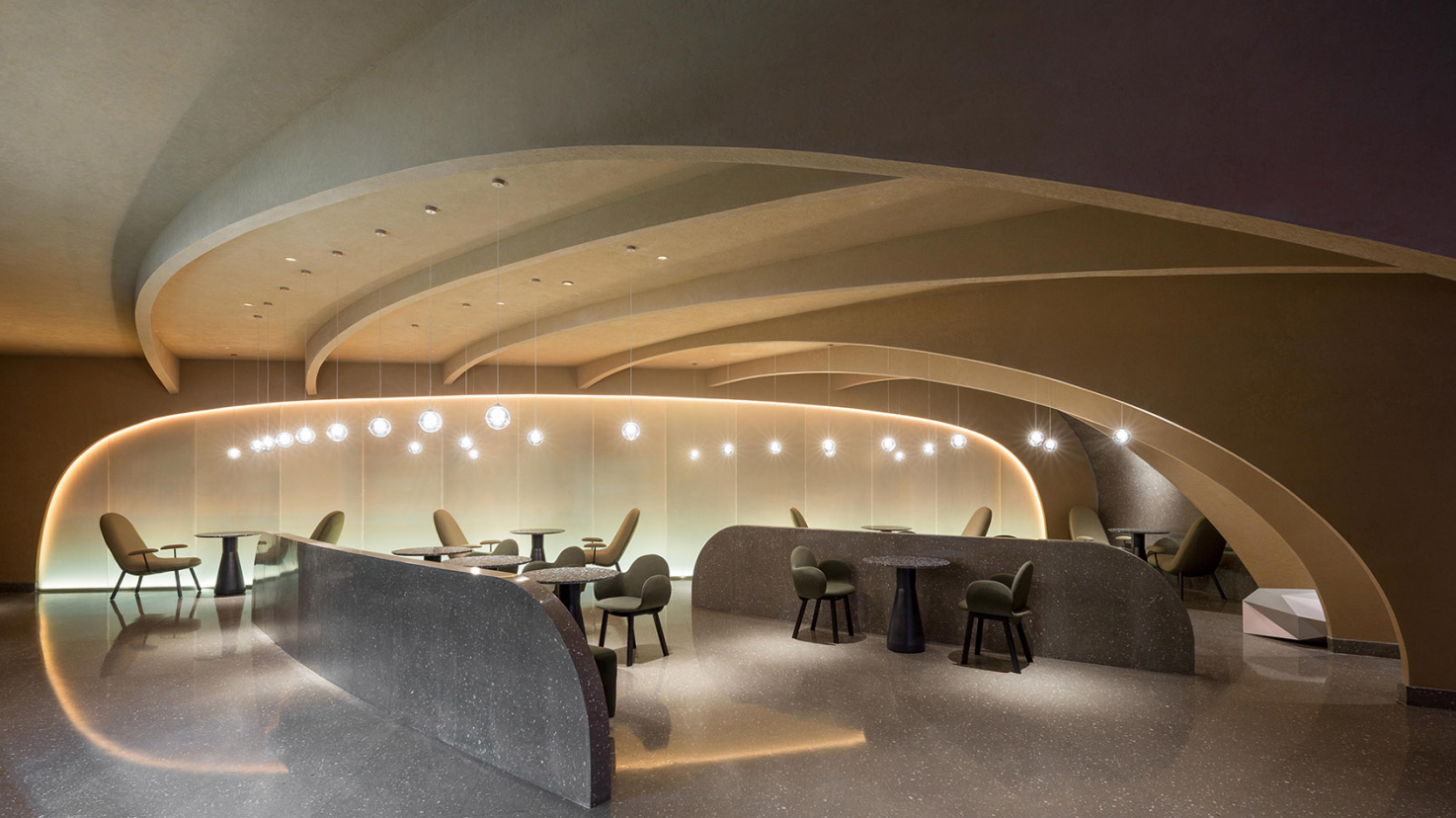A metric called UGR, or Unified Glare Rating, is used to evaluate how uncomfortable glare from a light source is. Since UGR is usually linked to more formal lighting fixtures used in commercial and professional settings where glare control is crucial, not all light strips have this grade.
Light strips could not go through the same certification or testing procedures as more conventional lighting devices, particularly if they are intended for ambient or decorative illumination. However, manufacturers might offer a UGR rating or details on glare management if a light strip is meant to be used in environments where glare might be an issue.
It is advisable to review the product specs or speak with the manufacturer if you are searching for a light strip with a particular UGR rating.
Since UGR is a number determined by particular measurements, testing the Unified Glare Rating (UGR) of an LED strip light usually involves following a set process. An overview of the procedures needed to test UGR is provided below:
Configure the Environment:
Perform the test in a controlled setting, like a room with a predetermined design and surface treatments. Other light sources that can skew the data should not be present in the room.
Measurement Tools:
To determine how bright the light source and the surrounding surfaces are, use a luminance meter. Make sure the meter is calibrated and appropriate for the brightness range you need to measure.
Establish the Points of Measurement:
Determine the locations for the measurements. The observer’s position (generally eye level) and the locations of the light sources (the LED strip lights) are usually included in this.
Calculate the Luminance:
From the observer’s viewpoint, measure the LED strip light’s brightness at different angles. This involves taking measurements of the brightness at angles that reflect possible glare as well as straight from the light source.
Calculate UGR:
Use the UGR formula, which takes into account the luminance values measured, the angles of the light sources relative to the observer, and the background luminance. The formula is as follows:
[
UGR = 8 \cdot \log_{10} \left( \frac{0.25 \cdot \sum_{i=1}^{n} L_i \cdot \Omega_i}{L_b} \right)
]
Where:
( L_i ) = luminance of the light source (in candelas per square meter)
( \Omega_i ) = solid angle of the light source (in steradians)
( L_b ) = background luminance (in candelas per square meter)
Analyze the findings:
For most circumstances, a UGR value of less than 16 is deemed acceptable, however values more than 19 can suggest severe glare.
Records:
For future reference or compliance needs, record all measurements, computations, and test circumstances.
Speaking with a lighting expert or a company that focuses on lighting design and measurement could be helpful if you are unfamiliar with the testing procedure or lack the required tools.
We have a new strip which can anti-glare,please contact us if you want to know more about the anti-glare neon strip.
Facebook:https://www.facebook.com/MingxueStrip/ https://www.facebook.com/profile.php?id=100089993887545
Instagram:https://www.instagram.com/mx.lighting.factory/
YouTube:https://www.youtube.com/channel/UCMGxjM8gU0IOchPdYJ9Qt_w/featured
LinkedIn:https://www.linkedin.com/company/mingxue/
Post time: Feb-27-2025

 Chinese
Chinese
